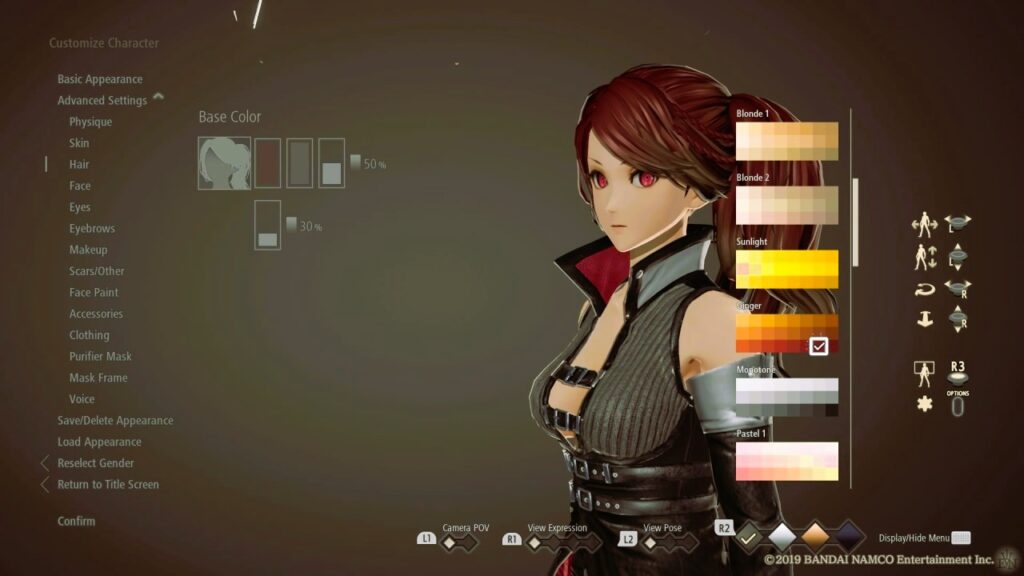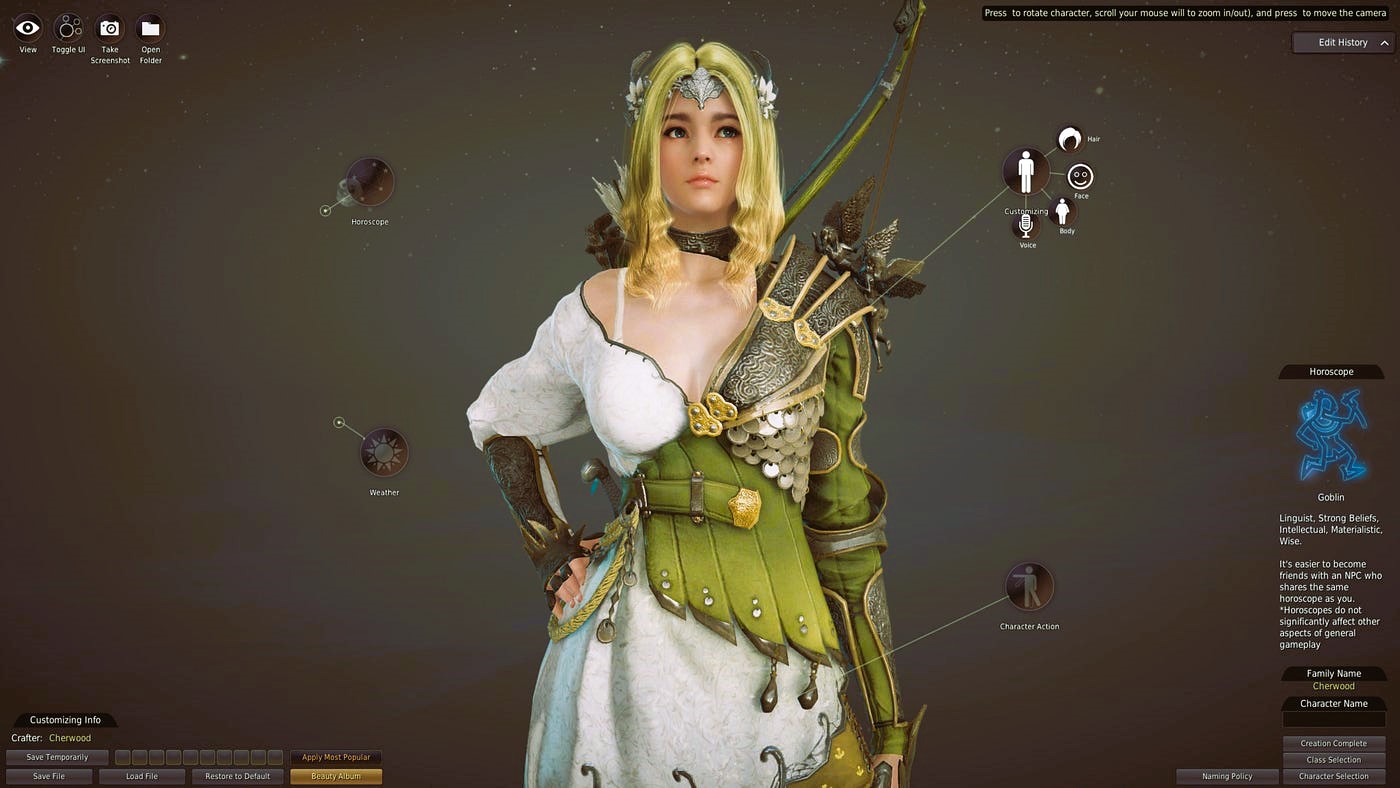In the evolving landscape of video games, customization has become an integral part of the player experience. From character appearances to weapon modifications, personalization options allow players to express themselves and influence gameplay in various ways. This article delves into how customization affects gameplay, enhancing immersion and player engagement across genres.
The Rise of Customization in Gaming
Customization has transcended from mere aesthetic alterations to a core aspect of gameplay. Many contemporary games offer players a plethora of options to personalize their experience, leading to increased player investment and satisfaction. This trend is seen in various genres, including RPGs, shooters, and battle royale games.
1. Character Customization
One of the most visible forms of customization is character creation. Players often have the opportunity to design their avatars, choosing physical attributes, clothing, and accessories. This personalization fosters a deeper connection between the player and their character, enhancing immersion.
- Aesthetic Expression: The ability to customize characters allows players to express their individuality. Whether it’s choosing a unique hairstyle or dressing in distinct attire, players can create avatars that resonate with their personal style.
- Storytelling Impact: Custom characters often influence narrative elements within games. In RPGs, the character’s appearance can affect how NPCs react, adding layers to the storytelling experience.
2. Weapon and Gear Customization
Weapon and gear modifications provide players with the ability to tailor their equipment to suit their playstyle. This customization not only impacts aesthetics but also gameplay mechanics.
- Performance Enhancements: Players can modify weapons to improve attributes such as accuracy, damage, and reload speed. For example, adding scopes to firearms in shooters can enhance long-range effectiveness, allowing players to adopt specific combat roles.
- Strategic Depth: Customization options encourage players to experiment with different loadouts, promoting strategic diversity. By adjusting their gear, players can adapt to various challenges and playstyles, fostering a dynamic gameplay experience.
3. Skill Trees and Progression
Many games implement skill trees or progression systems that allow players to customize their abilities. This aspect of personalization influences gameplay by providing different paths for character development.
- Tailored Playstyles: Players can focus on skills that align with their preferred playstyle, whether it’s stealth, brute force, or magic. This flexibility ensures that each player’s experience is unique, promoting replayability and exploration.
- Team Synergy: In multiplayer games, diverse skill sets contribute to team dynamics. Players can specialize in certain roles, fostering cooperation and strategy as teams combine their customized abilities to tackle challenges.
4. Game Environment Customization
Beyond characters and weapons, some games allow players to modify the environment or gameplay mechanics, further enhancing personalization. Did you like the article? Read also about throwing weapons in video games.
- Map Design: In games with a focus on user-generated content, players can create custom maps or levels. This not only showcases creativity but also extends the game’s lifespan by providing new experiences and challenges.
- Gameplay Rules: Custom game modes and settings enable players to modify rules, leading to unique gameplay experiences. This flexibility can transform traditional gameplay into novel challenges, enhancing community engagement.
The Psychological Impact of Customization

The ability to personalize gaming experiences carries significant psychological implications. Customization can lead to increased player satisfaction and investment in the game.
1. Sense of Ownership
Personalizing a character or gameplay mechanics fosters a sense of ownership. Players feel more connected to their customized avatars and gear, leading to a heightened emotional investment in the game. This connection often results in a more engaging experience, as players are more likely to care about the outcomes of their actions.
2. Enhanced Immersion
Customization enhances immersion by allowing players to step into a role that reflects their identity or aspirations. When players create characters that embody their desired traits, they become more engrossed in the game world, making the overall experience more compelling.
3. Social Connections
In multiplayer settings, customization can facilitate social interactions. Players often share their unique designs, encouraging camaraderie and fostering communities. Engaging in discussions about customization choices can lead to deeper connections among players, enhancing the overall gaming experience.
Challenges of Customization
While customization offers numerous benefits, it can also present challenges for game developers and players alike.
1. Balancing Customization and Gameplay
Game developers face the challenge of balancing customization options with gameplay mechanics. Too many modifications can lead to an unbalanced experience, where some players dominate due to superior customization. Developers must ensure that customization enhances gameplay without compromising fairness.
2. Complexity Overload
With an abundance of customization options, players may feel overwhelmed. A complex system can deter newcomers who may find it challenging to navigate through countless choices. Streamlining customization processes can improve accessibility and enhance the onboarding experience for new players.
Conclusion
Customization options play a pivotal role in shaping gameplay experiences in modern video games. By allowing players to personalize characters, weapons, and environments, developers enhance immersion and engagement. As players forge connections with their unique creations, they become more invested in their gaming journey.
While customization presents challenges, its benefits outweigh the drawbacks, making it an essential aspect of contemporary game design. As gaming continues to evolve, the impact of personalization on gameplay will likely grow, paving the way for more innovative and immersive experiences.
For more insights on gaming mechanics and trends, check out IGN.


